If you are helping a child navigate grief, story time can be a gentle way to bring comfort to you both. Giving you an opportunity to explore the mixed up experience of grief together, putting feelings into words, immersing in vibrant imagery, and tending to the confusing and often chaotic process of losing someone in a way that is digestible for children.
Below are my top 8 picture books that I have read & recommended for grieving children.
My suggestion is to read the book together first, so you can help connect the book to their experience, build connection & support, create a common language, and answer their questions as they come up.

Photo by Vitaly Gariev on Unsplash
In no particular order, here are my top 8 children’s books about death & grief that offer comfort, understanding, and hope for young readers:
1. The Invisible String by Patrice Karst

The Invisible String is a bestselling picture book about the unbreakable connections between loved ones. It centers on the death of an Uncle, however it can bring comfort to all types of loss & separation. A Spanish edition (El hilo invisible), and a companion workbook are also available, as are multiple variations on the book such as The Invisible Web, and The Invisible Leash. Ages 5+.
2. Lifetimes: The Beautiful Way to Explain Death to Children by Bryan Mellonie
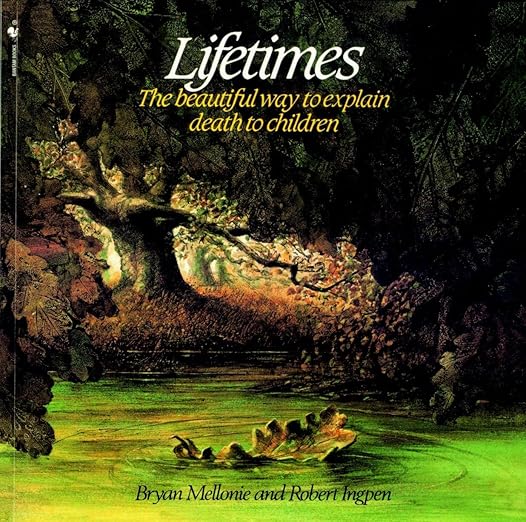
Lifetimes is one of my favorites because it uses simple language and images to answer & explain the concept of death- a topic that many parents & caregivers have a hard time discussing. It goes through the natural cycle of life & death with plants, animals, birds, insects, and people, giving children a simple way to understand and apply the concept of death and dying to the world around them. Ages 3+.
3. The Goodbye Book by Todd Parr
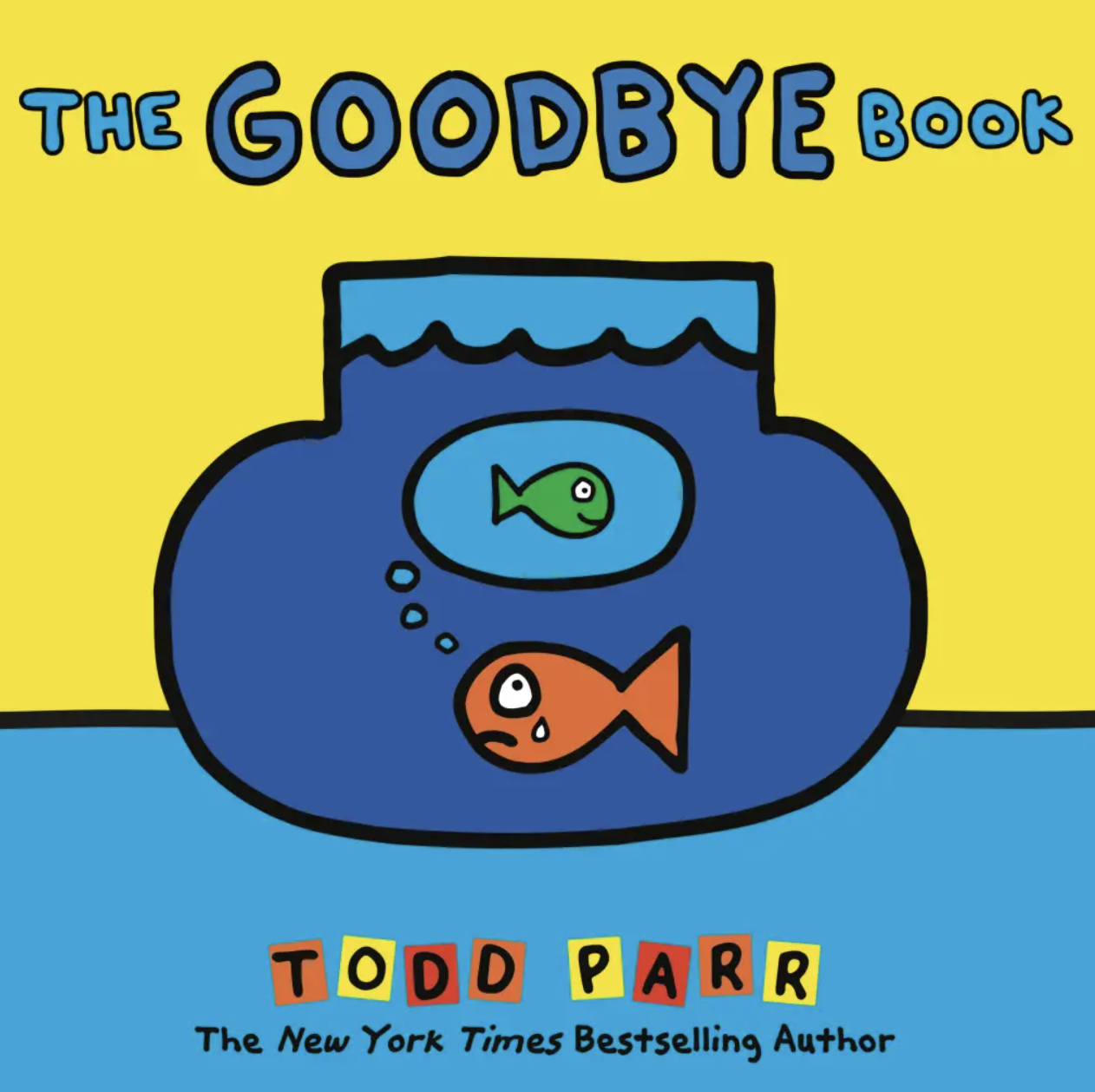
The Goodbye Book has the least amount of words, and is meant for young grievers age 2-4 years (or those young at heart). It uses the perspective of a pet fish (who has lost their companion) to name some of the feelings that one might have, and show things one might do, when you lose someone you love. I always appreciate the simplicity and vibrancy Todd Parr brings to his picture books. Ages 2+.
4. The Memory Box by Joanna Rowland
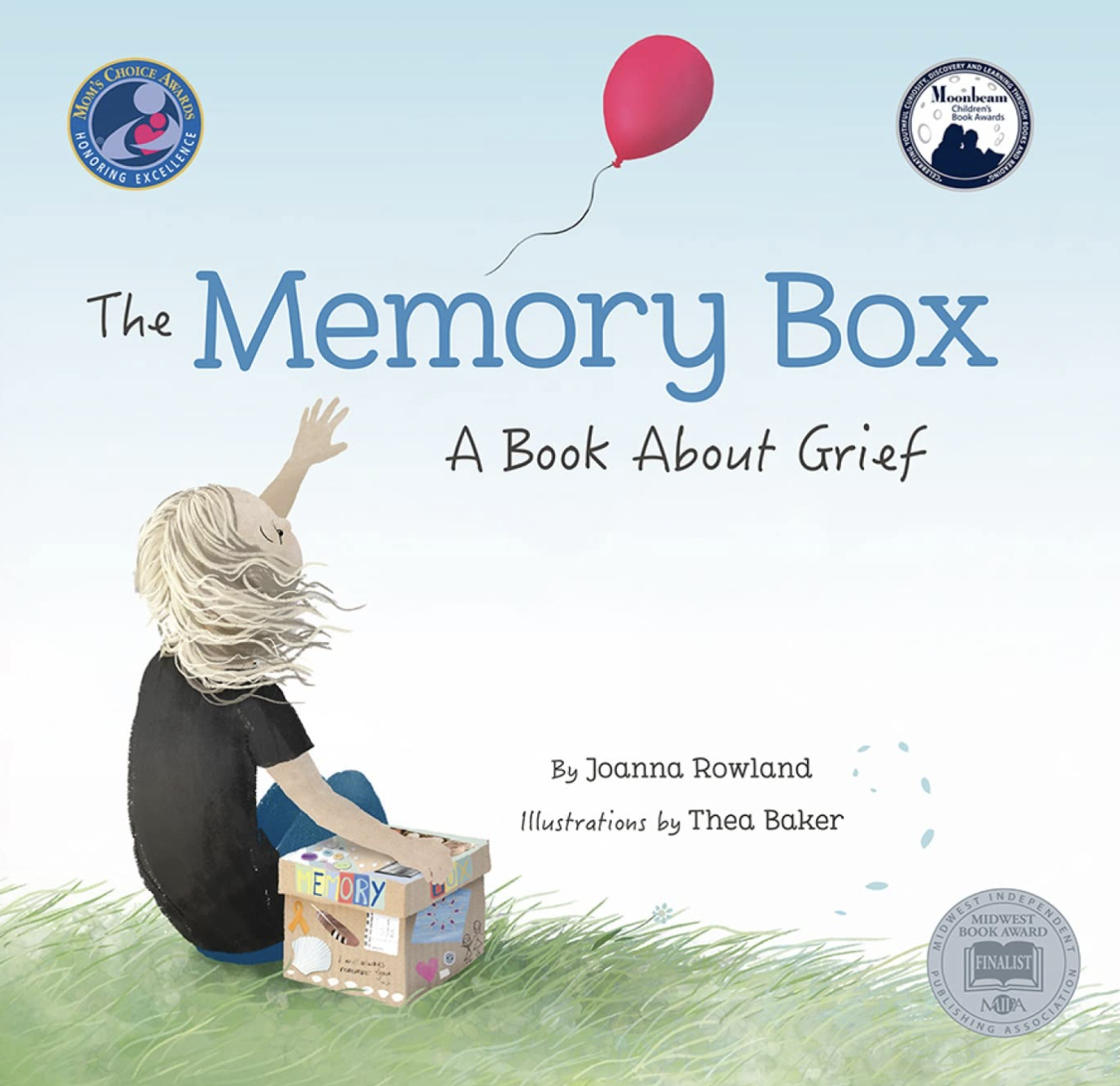
The Memory Box has a unique point of view in that it allows each reader to imagine the loss of someone they’ve loved — a friend, family member, or even a pet. Following a young child who shares their feelings about their loss, they end up creating a memory box of their special person. So not only does this book normalize feelings, it also provides guidance for a wonderful grief activity that families can do together. A guide in the back includes information to help children manage grief and offers suggestions on how to create your own memory box. Ages 5+.
5. When Someone Very Special Dies by Marge Heegaard
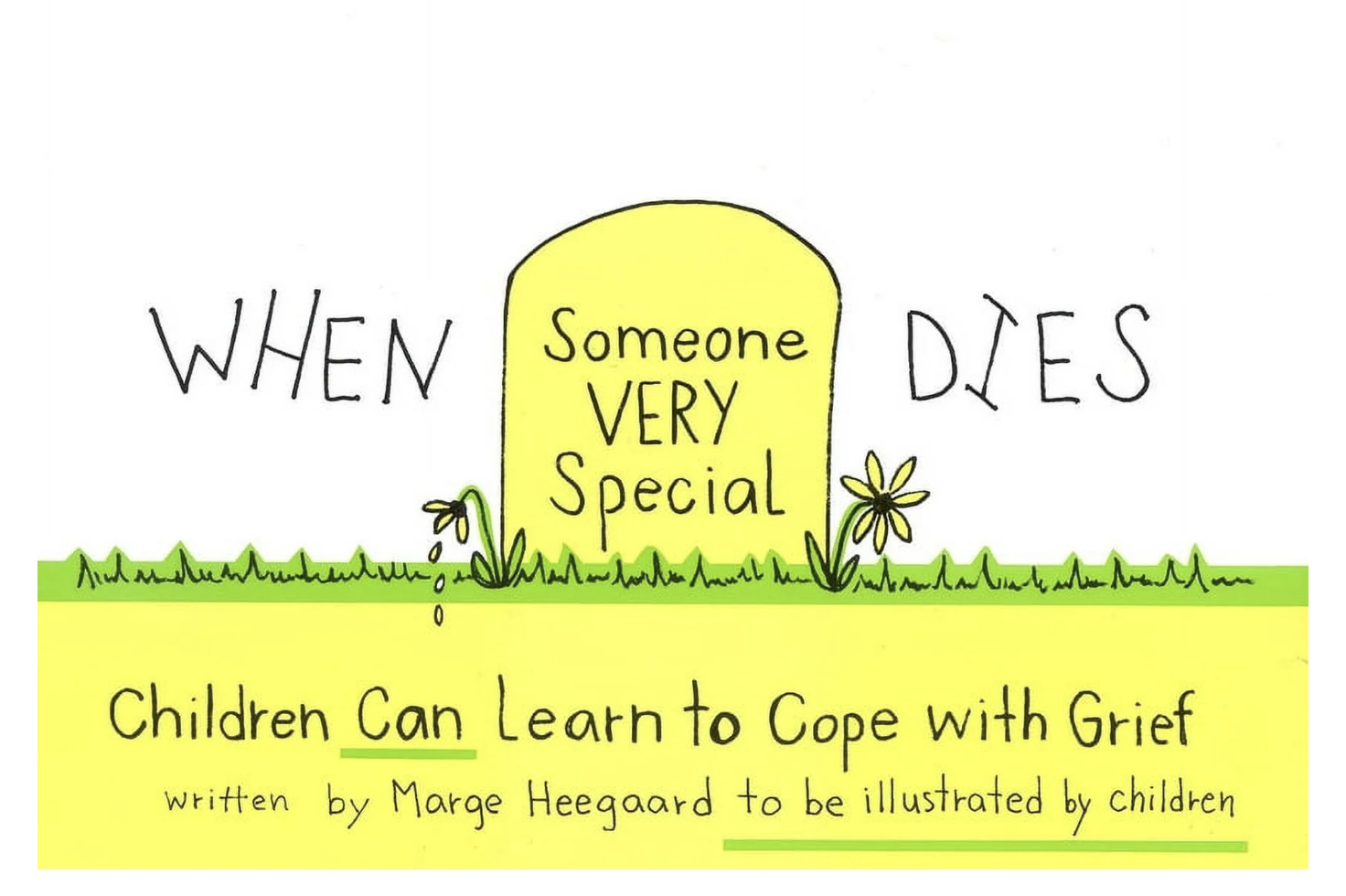
When Someone Very Special Dies is set up as a workbook in which children are prompted to think, feel, and draw their way through the grief process. It is part educational (discussing life cycles and normal grief responses), and part journaling. Depending on the age of your griever, this book could be done together, or on their own. Ages 6+.
6. The Brightest Star: A Comforting Tale for Children Coping with the Loss of a Grandparent by Paul Wilkinson
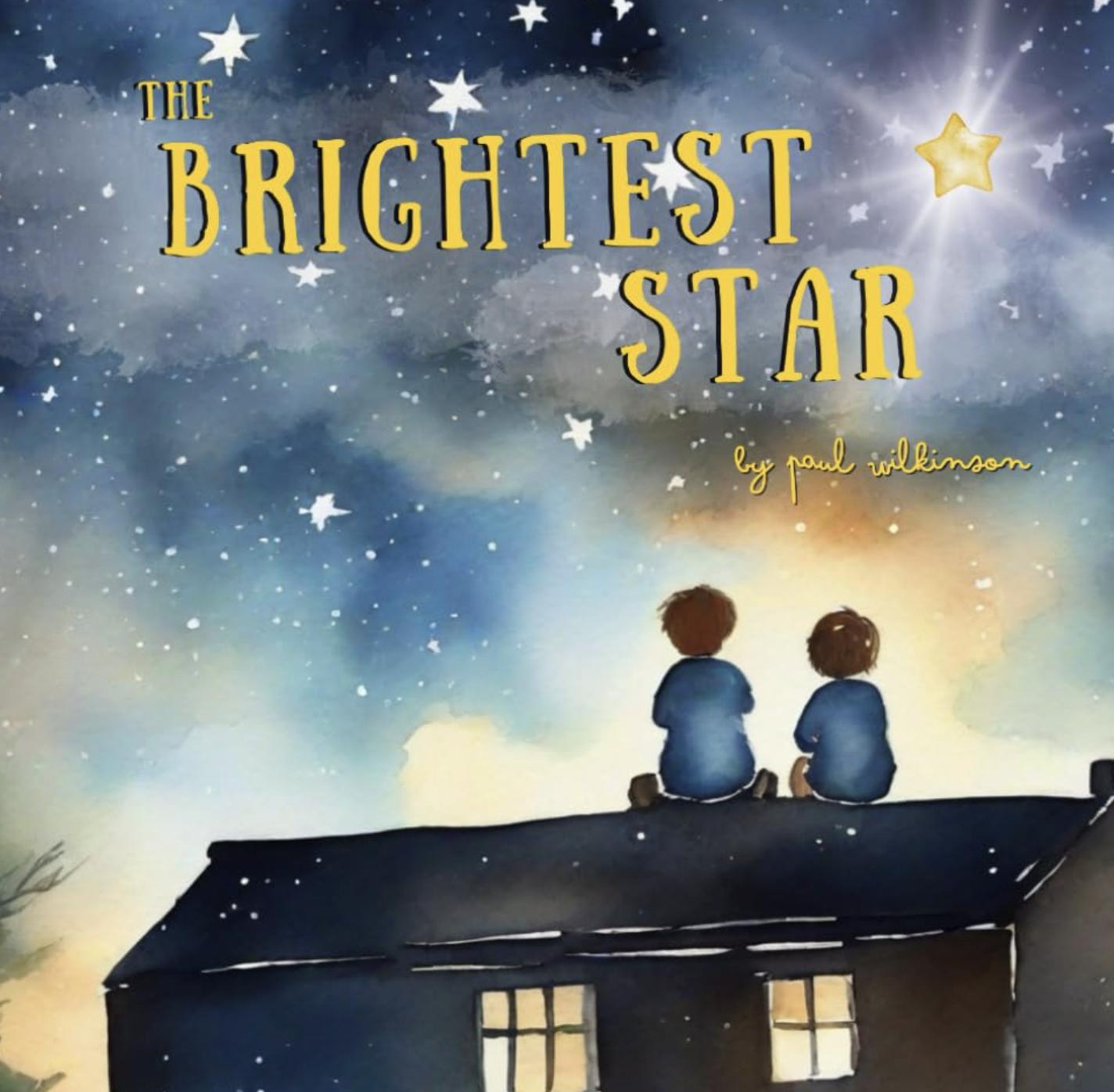
The Brightest Star is a lyrical book that explores the stars in the night sky as a metaphor for loss. Using rhyming text to bring a gentle tone to the grieving process, this book is particular to the loss of a beloved grandparent. Ages 6+.
7. Ida, Always by Caron Levis & Charles Santoso

Ida, Always is based on a true story of friendship between two bears. It is a moving story about the power of love & friendship, and keeping those that have left us in our hearts, always. The authors have also created a free activity and discussion, which you can access here. Ages 4+.
8. When Dinosaurs Die by Laurie Krasny Brown & Marc Brown

When Dinosaurs Die: A Guide to Understanding Death is a book organized by typical questions that children may ask about death, dying & grief. It is less of a story, and more of an informational book that explains these difficult concepts in plain, easy to use & understand language. You can read it in any order, skipping around to your child’s particular questions. Some questions include “Why Does Someone Die?“, “What Does Dead Mean?”. This books also has a short glossary of terms in the back to help explain words children may be overhearing, such as autopsy, cremation, mourn, etc. Ages 4+.
For more resources to support grieving youth, I’ve compiled a list of organizations, camps, articles and more in this blog post.
Leanna Immel, LMFT specializes in providing compassionate, effective grief counseling to adults and teens. Grief can be a complicated vortex of emotions and experiences. In one moment you may be perfectly fine, and the next you are swept into an emotional intensity you’ve never experienced. It’s unfair, and it’s exhausting. In an increasingly isolated world, getting therapy after loss can help you feel less alone and more able to feel like yourself again. Grief isn’t meant to be experienced alone. If you are feeling isolated, stuck, or could use a helping hand, its time to reach out.

View comments
+ Leave a comment